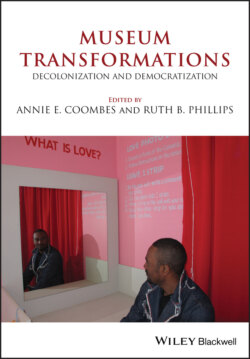Читать книгу Museum Transformations - Группа авторов - Страница 54
Sikh martyrs, Sikh victims
ОглавлениеIn the Central Sikh Museum we see perhaps the alter ego of the Khalsa Heritage Complex: as the ur-museum of Sikh suffering, it could have served as the template for the latter museum, but was explicitly rejected by it. In retrospect, it seems inevitable that the Khalsa Heritage Complex would take the path it did, veering away from the moorings of the holocaust paradigm, and toward the pronouncements of interfaith harmony. While the Central Sikh Museum is a private institution, the Khalsa Heritage Complex is a public institution funded by the state. And when the state invests in an institution dedicated to one religious community in a complex multicultural democracy like India, it cannot afford to tell a story of anything but harmony – whatever the facts may be.
But the differences in the narratives of the two museums are not simply a result of the limits and possibilities of private versus public institutions; I believe it is also a question of displays in sacred spaces versus those in secular ones. The Central Sikh Museum tells its tale within a temple, a place of pilgrimage. The Khalsa Heritage Complex was always intended as a state institution, situated near but not in a temple. What happens when a tale of suffering is retold not in a temple but in a museum? Perhaps the story takes on a different meaning, and a more dangerous one. Without the aura of a religious setting, the dead are reduced: from martyrs, they become merely victims. What is the difference between a martyr and a victim? And what are the consequences of narrating the same violent history as a martyrology or as a victimology? However highly charged the story of a martyr may be, it is a narrative that is complete. Martyrs are glorious: for all their sufferings on earth, they have claimed their reward in heaven. But what of the other dead who are only victims, only men who died on earth? Their stories end abruptly, and they call on us to complete their tales by avenging them in the here and now. It is through this difference that the memory of martyrs can be neutral but the remembrance of victims is not: through them the present can be ruptured by the past.
